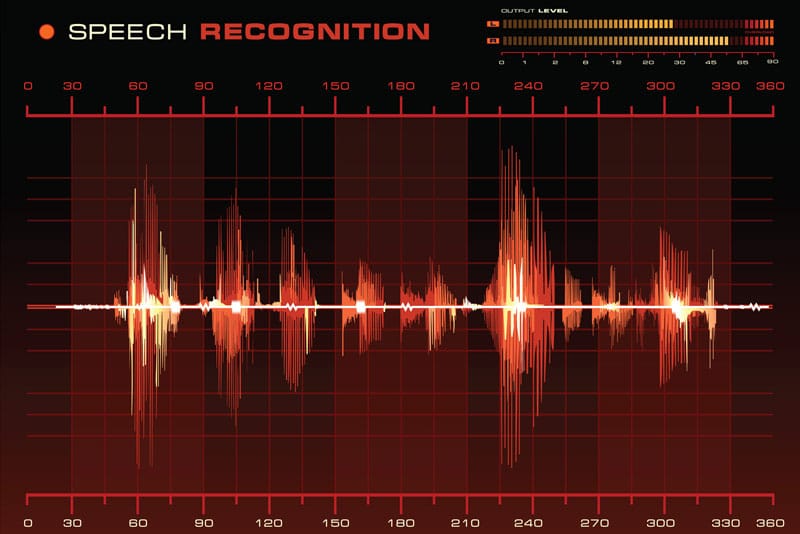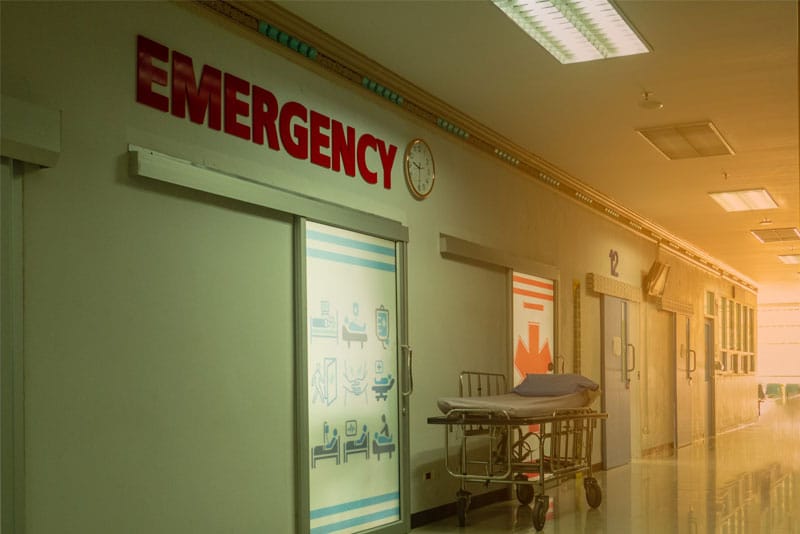
Accurate and timely emergency department (ED) patient records go a long way in supporting physicians in various aspects of care. Emergency room medical transcription service providers help physicians document all ED processes – from evaluation to medical decision making and patient encounters by disposition and treatment. In the busy ED environment, many physicians rely on speech recognition (SR) to document dictation into the electronic health record (EHR). But how does SR impact ED documentation? Let’s take a look at what reports say about this.
Effective ED Charting – Objectives and Benefits
ED charts serve many purposes.
- Charting allows ED physicians to inform other healthcare providers about what was done in the ED. This includes diagnostic tests, medical decision making, and treatments, as well as discussions with patients and their families, communications with consultants about recommendations, patient follow-up, and other aspects.
- Proper ED charting supports accurate billing for appropriate reimbursement.
- By showing what happened at the encounter ED charts provide medicolegal protection in the event of a lawsuit or patient complaint.
- Good charting supports utilization management/risk management. Chart review is essential for quality improvement processes.
- Good clear documentation can help researchers gather data and conduct studies that can help improve care.
According to the American College of Emergency Physicians (ACEP), effective ED medical record keeping helps with:
- Documentation of clinically relevant aspects of the patient encounter including laboratory, radiologic, and other testing results
- Efficiency in the patient encounter continuum
- Legibility
- Communication with other providers
- Coordination of follow-up care
- Identification of who entered data into the record
- Discharge instruction communication
- Ease of data collection and data reporting
(Reproduced from: https://www.acep.org/patient-care/policy-statements/patient-medical-records-in-the-emergency-department/)
Can Speech Recognition Promote Efficient ED Documentation?
High quality capture all aspects related to the patient encounter and medical decision making correctly and promptly, thereby promoting proper medical diagnosis and care as well as quality assessment and improvement, meaningful use, and risk management.
Using SR for note-taking is a popular option for its convenience, ease of use, cost-effectiveness, and efficiency at the point of care. But does using SR help ED physicians achieve these documentation goals? Researchers at Brigham and Women’s Hospital Department of Emergency Medicine in Boston conducted a study to answer this question. The research study, titled “Incidence of Speech Recognition Errors in the Emergency Department” which was published in the International Journal of Medical Informatics in 2017 reported that 71% of the notes transcribed using SR software contained at least one error.
Study author Scott Weiner, MD, MPH termed the adoption of SR software in the ED as a game changer. However, Weiner’s team found that SR use in the Brigham and Women’s Hospital Department of Emergency Medicine caused clinical documentation errors, some of which were serious. The study reported that:
- Annunciation errors were the most frequent
- There was at least one critical error in 15% of notes, which could potentially lead to miscommunication that could affect patient care
Weiner offered two possible explanations for SR-generated errors in ED documentation. The first is the drawbacks of the technology – it can lead to errors if the user’s speech is not clear or uses words that the software does not recognize. The second challenge relates to the hectic and noisy ED environment where interruptions of all kinds may make it difficult for the physician to ensure proper dictation and proofreading of documentation to spot mistakes. The study concluded that speech recognition technology could lead to miscommunication that could adversely affect impact patient care.
In 2020, researchers published a study “Physician use of Speech Recognition versus Typing in Clinical documentation: A Controlled Observational Study” in the International Journal of Medical Informatics. Conducted in the same setting, Brigham and Women’s Hospital, Boston, Massachusetts, this observational study reported that while clinicians use SR for electronic health record (EHR) documentation, the “usability and effect of the technology on quality and efficiency versus other documentation methods remains unclear”.
Errors in ED documentation can be avoided if clinicians using SR are aware of its limitations and proofread their notes carefully. However, in the chaotic ED setting, this is often impossible. Outsourcing medical transcription is a viable solution to this problem. Providers of emergency department medical transcription services have expert teams to carefully proofread SR-generated transcripts after which they can be sent back to the dictating physicians for review and signed approval. This strategy can go a long way in ensuring high quality ED documentation to promote improved patient care.

